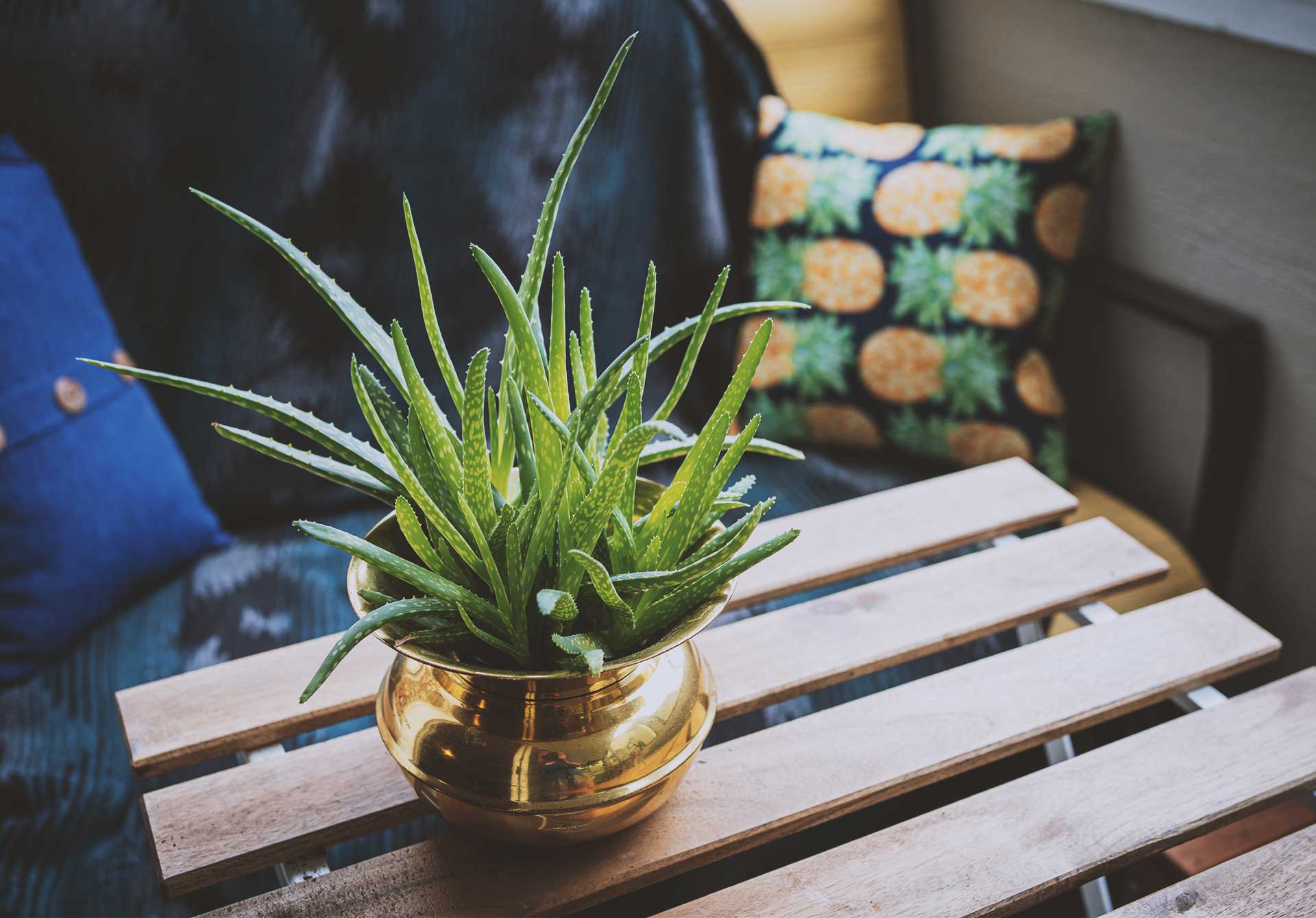
Food waste and loss happens even before food reaches our shelves. The solution? Build a farm on your shelf.
So you’ve managed to not waste even a morsel of food from your kitchen over the last few months. You go, trooper! But there’s still so much food that gets wasted on the way to us in supply chains. Especially our favourite oh-so-delicate vegetables like kang kong, which can get squished on their arduous journey from farm to grocery store.
Trooper consumers, we can help save some food from getting lost in supply chains by making their journey shorter and more direct. Consider growing a delicious green patch right at home.
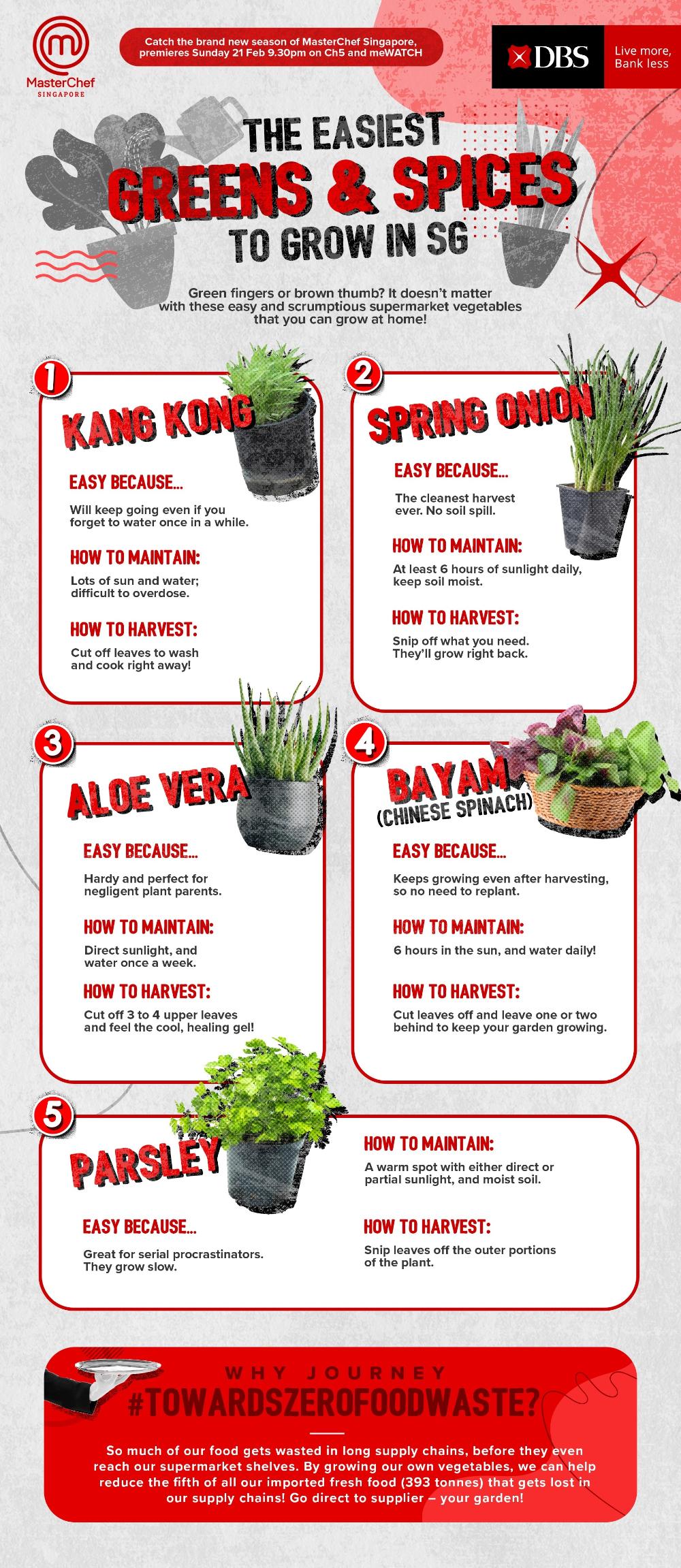
There’s no place too strange to grow your own garden. Just look at Edible Garden City! The DBS Foundation Social Enterprise Grant awardee is championing the grow-your-own-food movement in cities all around the world, with picturesque edible gardens nestled atop buildings.
Singapore loves kang kong, and kang kong loves us too
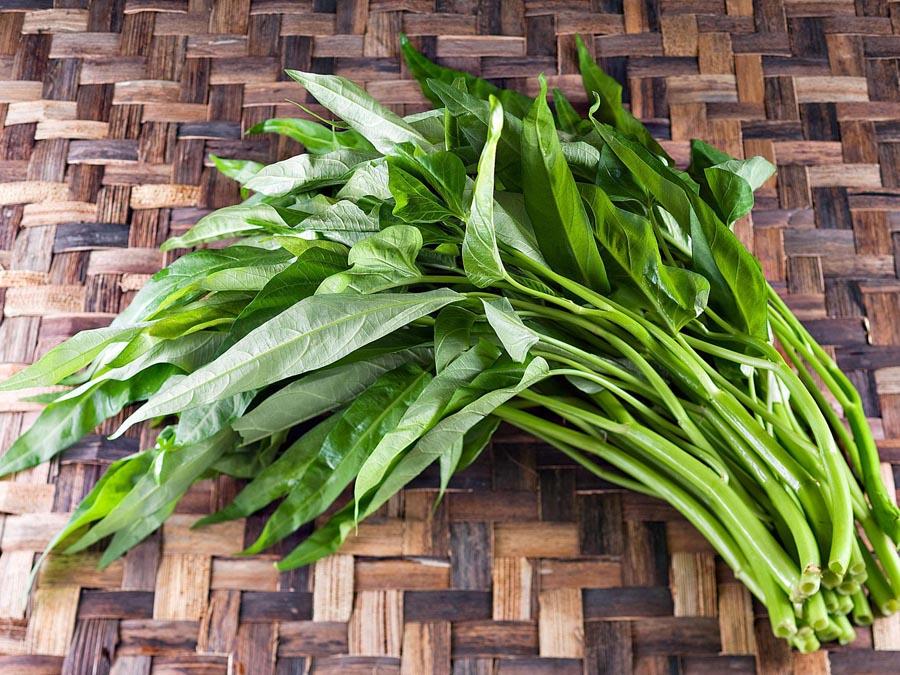
Photo by The Spruce Eats
With its ability to hold some seriously saucy flavours, kang kong is a must-have for family meals at the zi char stall. It’s also one of our top-imported vegetable items, which is all the more a reason to grow it. The vegetable, also known as water spinach, is happiest in a tropical climate. In fact, kang kong is so forgiving that it was available in abundance even in war time conditions, showing its ability to thrive!
Keep it in a bed of rich, loamy soil, and feed it with plenty of water, making sure that even its deepest roots are nourished! And even if you forget to water it once in a while, your kang kong will still power through. 60 days from sowing, simply cut off all the top leaves off your kang kong, sparing two leaf nodes from the roots.
Spring onion for tall flavours and short harvests
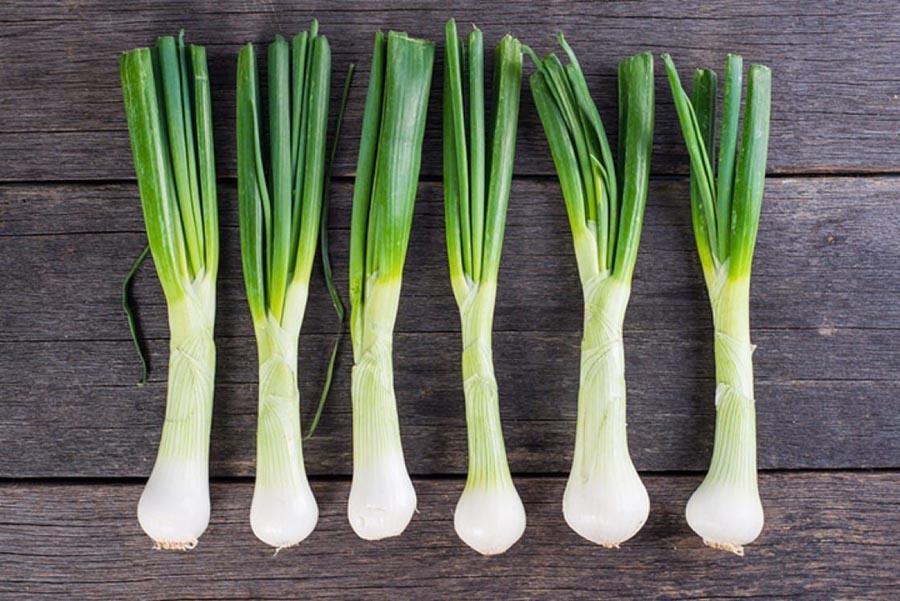
Use as a staple garnish, or as a milder shortcut alternative to onions! For the amount of flavour that they pack, spring onion grows in a ridiculously short time. Expect it to be ready for your dishes in as little as five to seven days. All you need to do is make sure that its soil is moist everyday, and make sure it’s getting at least six hours of strong sunlight! They’ll just get taller and taller, and if you let them grow tall enough, they might even surprise you with edible flowers that you can garnish your dishes with.
When you’re ready to eat your spring onion, just snip off however much you need from the leaves, and they’ll grow right back.
Say ‘ello to aloe vera
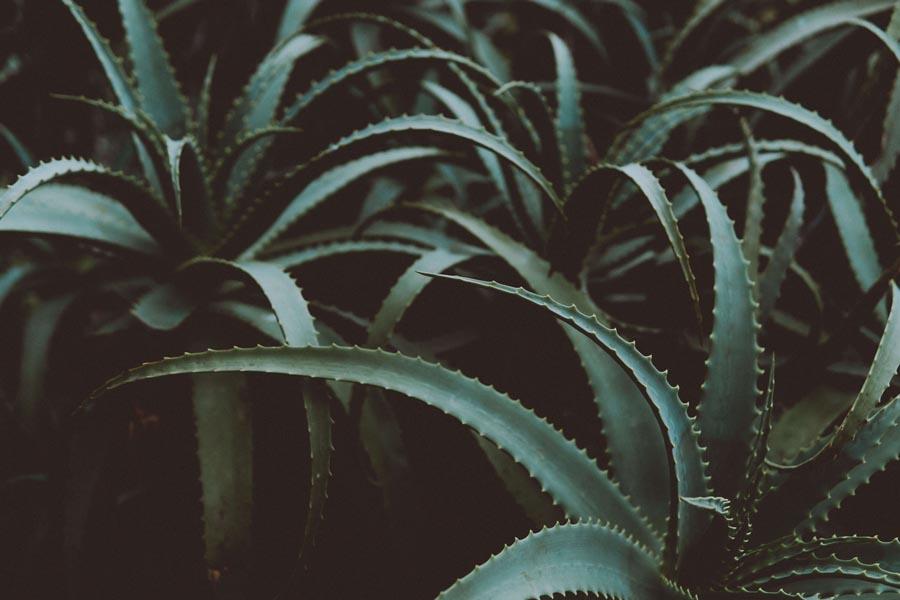
Loved for their cooling topical uses and their pulpy bite in drinks, aloe vera is always good to have on hand. They’re also as hardy as they look, and don’t need to be watered very frequently, even proving to be drought-proof. But don’t leave them out to dry! Plant your aloe vera in well-drained soil, and water once a week or, whenever the soil goes dry.
With that said, these plants don’t take well to too much water. So make sure that your pot allows for water to drain freely from the soil. When watering, also make sure to keep the leaves dry, or they might develop a fungal infection.
Your aloe vera is ready for harvesting when the tips of the leaves have developed a rosy tinge. Cut three to four leaves off at a time, sticking close to the stem and avoiding the roots! Use a knife or your fingers to separate the aloe vera gel from the leaf. Then use it however you’d like! Cube it and add it to your drinks, or make a refreshing alcohol-free DIY beauty mask.
A sweeter alternative to spinach: Bayam
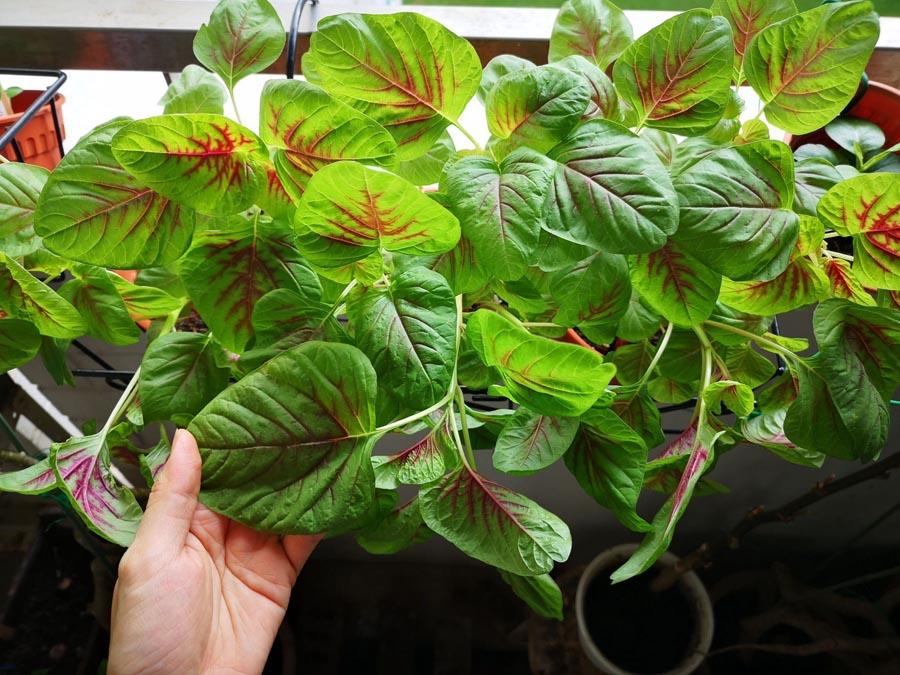
Photo by Well From Today
A form of spinach that not everyone knows by name, Bayam has pointed leaves instead of the round leaves that spinach has, and even comes in green and red varieties! Also referred to as Chinese spinach, Bayam makes for a delightful salad ingredient with a general sweet, tangy flavour profile. They’ll also make a nutritious addition to your diet, since they’re brimming with vitamins A, B, and C, minerals, and the building blocks of life – protein!
Similar to kang kong, Bayam is also able to survive with the occasional absence of TLC. Simply make sure that your Bayam has been planted in rich, well-drained soil supplemented by compost or mulch. Give your Bayam 6 hours in the sun daily, and water generously! When you’re ready to harvest the plant, cut all its leaves off, and it will continue to grow. Since plants need their leaves to make food, make sure to leave at least one or two leaves behind on the stem.
Parsley, because it goes with everything!
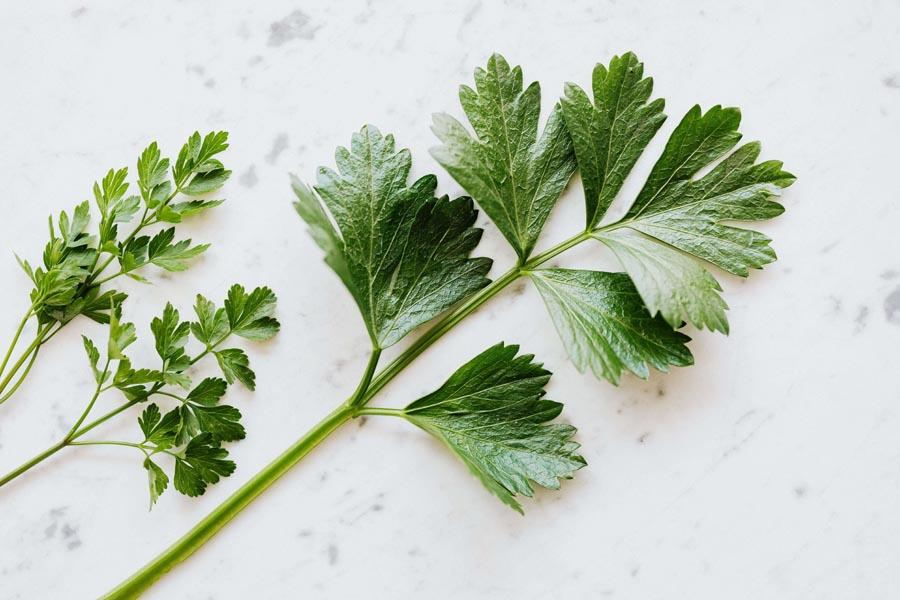
Parsley is a real slow starter, and that makes it perfect for serial procrastinators to grow. The herb is also very useful to have in your kitchen, often being able to tie the flavours in your food together. Where nutrition is concerned, parsley is a powerhouse.
Adding a few leaves and stalks to your smoothies can give you more vitamin C than an orange!
To grow a healthy parsley plant, put it in loamy, well-turned soil, and in a full or part sun environment. That means you can even leave it indoors, at a warm spot in your house. Although parsley can be drought-tolerant, make sure to water your plant lightly.
When you’re ready to harvest your parsley, just snip the leaves off the outer portions of the plant. By leaving the inner stalks in, you’ll allow the plant to keep growing.
As one of the main sponsors of MasterChef Singapore Season 2, DBS shines a spotlight on how we can each reduce our food waste in the kitchen.
Learn more about how you can continue your journey #TowardsZeroFoodWaste.
Find out more about DBS’ other partnerships and initiatives #TowardsZeroFoodWaste.
Join us for tips to make your daily life more convenient, especially in ways that contribute to a more sustainable future!